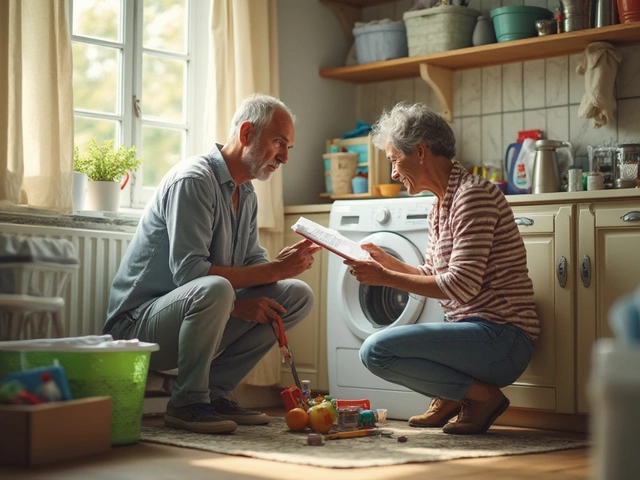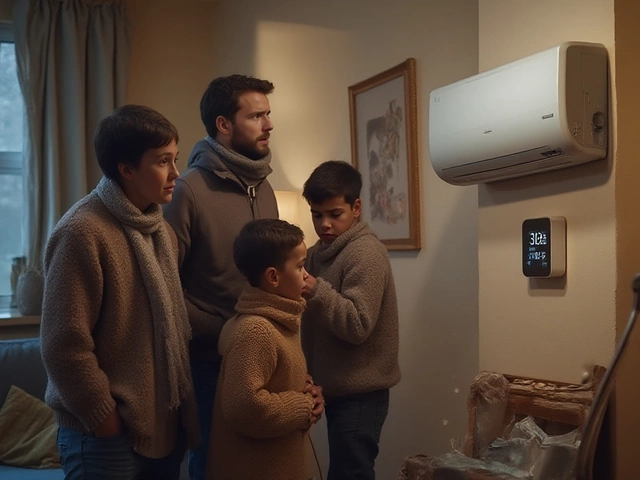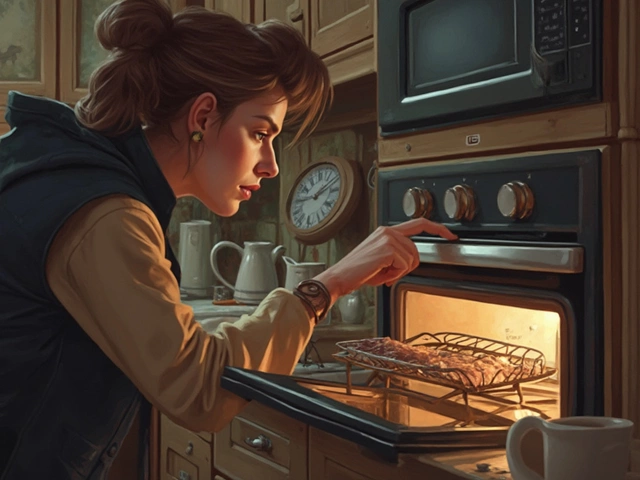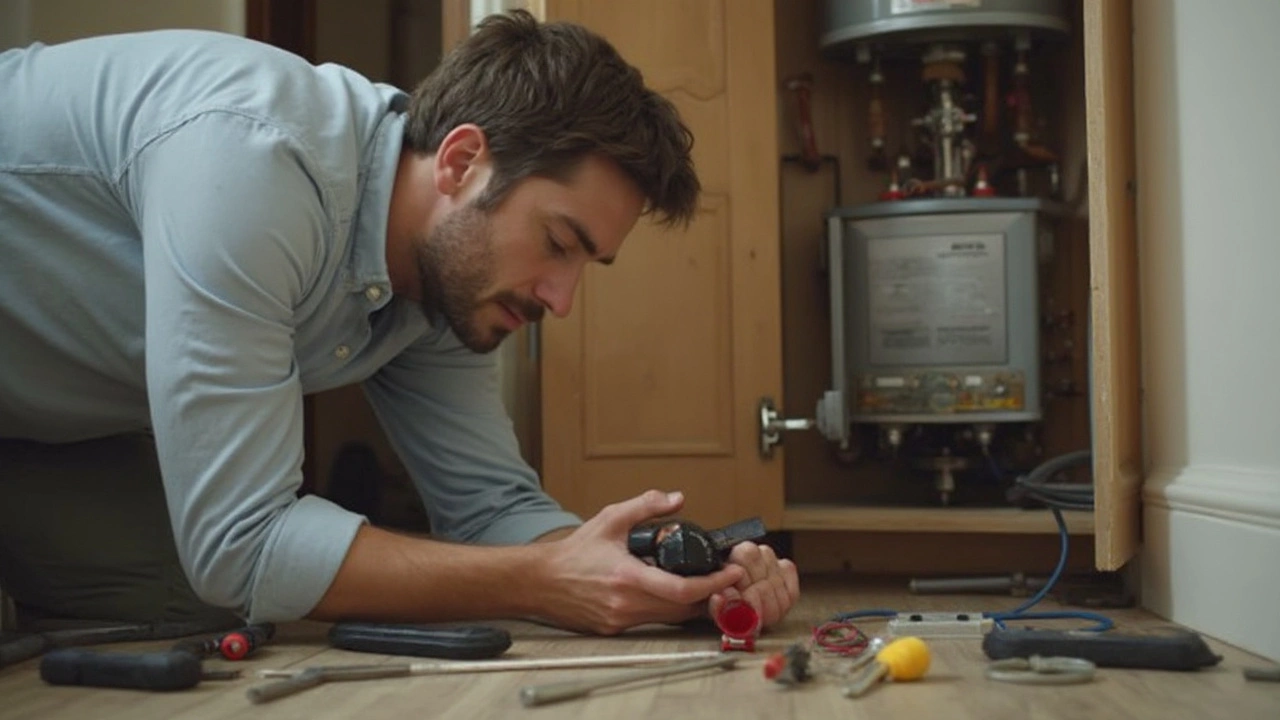Water Heater Parts: What They Are and How to Keep Yours Working
If your shower is suddenly cold or your tank makes weird noises, a faulty part is usually the cause. Knowing the basic components of a water heater helps you spot trouble early and decide whether a simple swap or a pro call is needed.
Key Parts That Can Fail
Thermostat – This little device tells the heater when to turn on and off. If the water stays lukewarm, the thermostat is a prime suspect.
Heating element (electric) – In electric models the element heats the water. A burnt‑out element means no hot water at all.
Burner and gas valve (gas) – Gas heaters use a burner ignited by a gas valve. A clicking sound or no flame signals a problem here.
Anode rod – This metal rod protects the tank from rust. When it’s worn out the tank can start leaking from the bottom.
Pressure‑relief valve – It releases excess pressure to keep the tank safe. If it drips constantly, replace it to avoid water damage.
Dip tube – The tube sends cold water to the bottom of the tank. A broken dip tube mixes hot and cold water, leaving you with tepid showers.
When to DIY and When to Call a Pro
Swapping a thermostat or an element is usually straightforward if you have basic tools and can turn off the power or gas. Follow the manufacturer’s guide, take a photo of the wiring before you unplug, and double‑check connections.
Parts like the gas valve, burner assembly, or pressure‑relief valve involve fuel lines and safety codes. A mistake can cause leaks or fire hazards. That’s where Rugby Appliance Repair Services steps in – our certified technicians handle gas work, test for leaks, and make sure everything meets UK regulations.
Even if you feel comfortable replacing a part, a professional check can catch hidden issues. For example, a failing anode rod often means the tank is corroding elsewhere. Ignoring that can lead to a costly full‑tank replacement.
Regular maintenance saves money. Once a year, flush the tank to remove sediment, test the pressure‑relief valve, and inspect the anode rod. If you notice rust, strange noises, or a drop in water temperature, call us – we can source the exact part you need and get the job done fast.
Choosing the right part matters. OEM (original equipment manufacturer) pieces fit perfectly and last longer, but quality aftermarket options are also reliable if they match the model number. Our team keeps an inventory of common water heater parts for brands serving Rugby, so you won’t wait weeks for a shipment.
Bottom line: knowing the main water heater parts helps you diagnose issues quickly. Simple fixes like replacing a thermostat can be DIY, but gas‑related parts and safety components are best left to pros. When in doubt, give Rugby Appliance Repair Services a call – we’ll bring the right part, the right tools, and the right expertise to your doorstep.
Ready to get your hot water back? Contact us today for a same‑day appointment and let our local experts handle the rest.






